Located in North Africa, on the Mediterranean and Atlantic coasts, just 13 km from Spain across the Strait of Gibraltar, Morocco is considered the jewel of the continent. Rabat is the capital, Casablanca is the largest city - already famous for the song and movie of the same name, and Marrakech is a must-see destination when visiting this country.
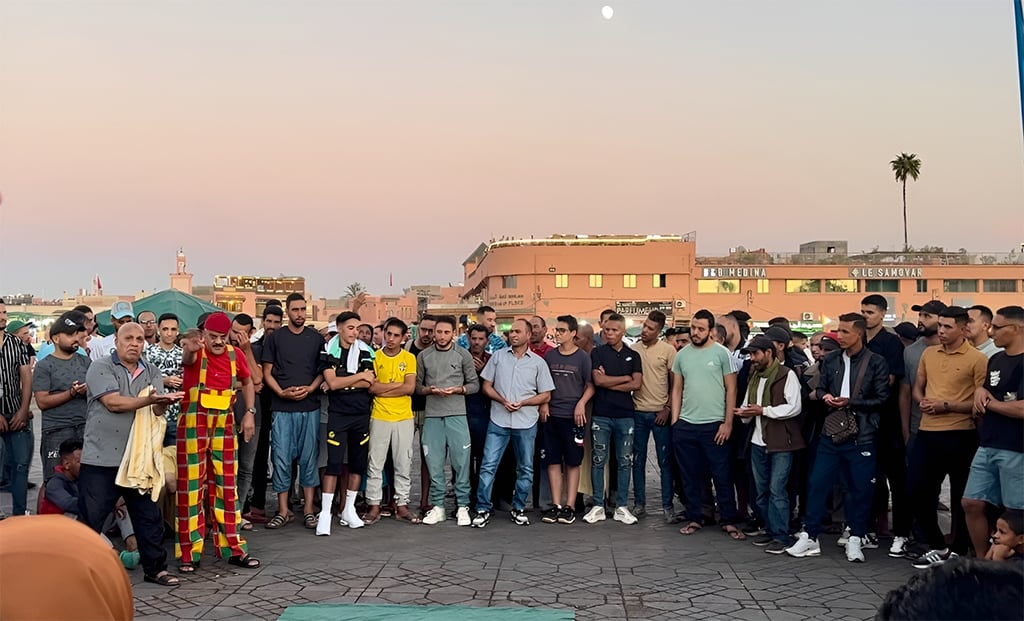
Storytelling at Djemaa el Fna square
Getting up after a breakdown
From Casablanca’s Mohammed V International Airport, I drove for more than two hours on the highway to Marrakech, which in mid-September was described by the world media as having been shattered by the strongest earthquake in a century. Much of the city was still in ruins. In remote areas near the epicenter, rescue efforts were still underway.
Ms. Nguyen Huynh Ai Nhi (43 years old), a rare Vietnamese living and working in Marrakech, shared with me the footage she recorded while bringing food to support people in a village heavily affected by the earthquake .
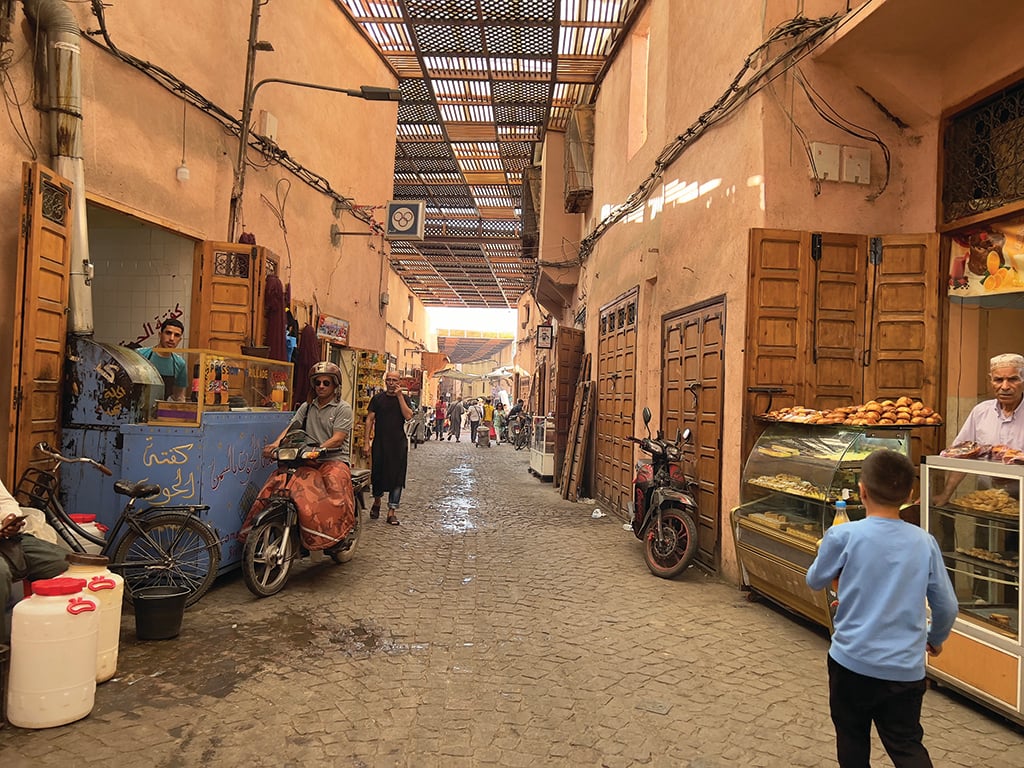
The Medina is centuries old.
However, what I saw was not only that. Two weeks after the disaster, people in the city center gradually returned home, workers worked hard to repair the damage, students returned to school, and trade and tourism activities returned. The minaret of the Koutoubia Mosque - the symbol of Marrakech built in the 12th century stood tall there. Djemaa el Fna Square, a famous place in the old Medina in Marrakech, the people's markets, shopping centers and streets gradually recovered. Many calls for tourists were posted on the official websites of the government as well as the Moroccan community in general and Marrakech in particular because for them tourism is one of the main sources of income. "We have tried to overcome the difficulties so that tourists are ready to return," a Moroccan government official told Thanh Nien .
In the middle of the red city
The Moroccan government has made tourism central to its development ambitions and aims to double tourist arrivals by 2030 when it co-hosts the World Cup with Spain and Portugal.
The ancient capital of Marrakech, also known as the Red City, has a unique blend of modern and ancient, recognized by UNESCO as a world heritage site. It is not surprising that on the streets of Marrakech there are many cars, even luxury ones, mixed with horse-drawn carriages and primitive donkey carts. There are not many skyscrapers or diverse colors, the whole city is houses, walls, tiled roofs, even brick floors painted red and pink. As a friend I met on the trip - Ms. Viviane (representative of a non-governmental health organization in Zambia) said, at first it feels like "boring uniforms" but just get a little closer, the Red City is truly beautiful, ancient and irresistible.
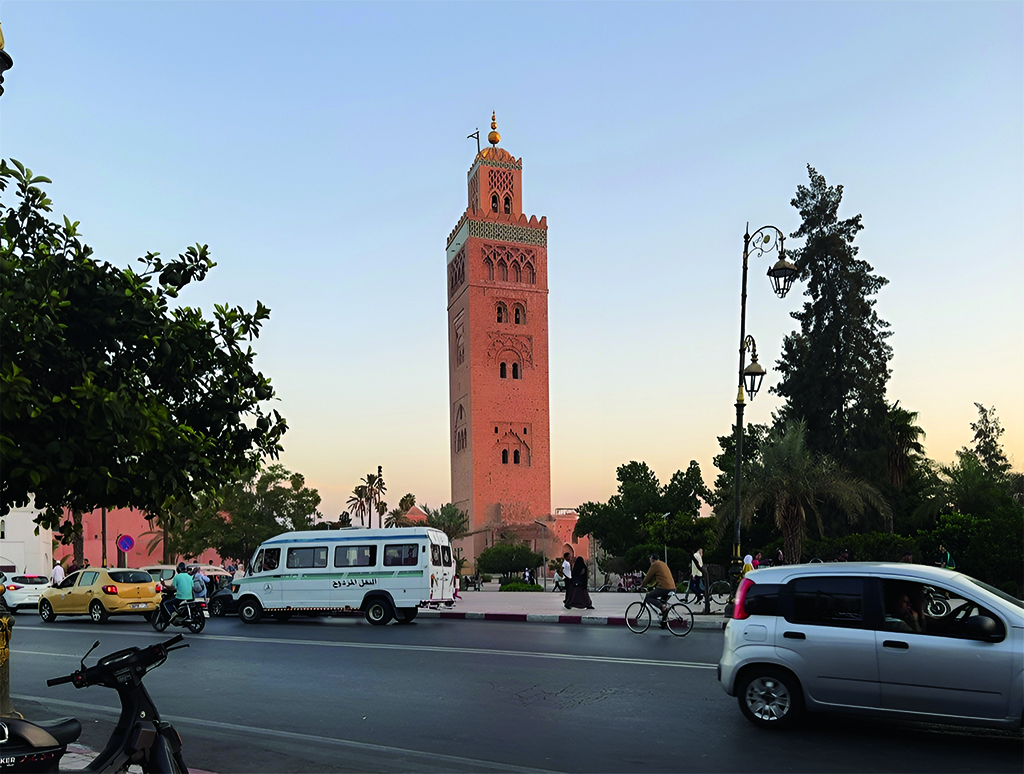
The minaret of the Koutoubia Mosque - the symbol of Marrakech was built in the 12th century.
In the old Medina are winding alleys, with handmade carpets on display above, and colorful spices, traditional ceramic and leather products and all kinds of special gifts such as dates, olives, cakes, etc. People here mainly speak Arabic and French, but some also speak English.
The most impressive thing in Marrakech is probably the centuries-old cultural space in Djemaa el Fna square - a bustling open-air market that brings together many unique activities of the indigenous Berbers and Arabs. They are the remaining storytellers in the hustle and bustle of modern society, recreating the image of the Thousand and One Nights in the legend. A few men with a slightly fierce appearance start the story of "once upon a time" in Arabic, the curious crowd will surround them and then be drawn into the fascinating stories they tell, sometimes people put a few Moroccan dirhams (about 5,000 VND) in their hats. I was there too, although I couldn't understand what they said, the attraction from the way they led was real.
Not far from that circle, snake charmers were performing, the flute music was playing, the snakes raised their heads just like in the movies about the Arab world that I had seen. Next to them were colorful henna painting stalls. A little further on, there were countless "magic lamps" for sale in all sizes. In addition, there were many stalls selling handicrafts, traditional medicine, and all kinds of juices... I talked to an old man who had been selling pomegranate juice for a long time in the area and heard about the two words "thank you" that the people here treasure. He spoke in Arabic and I was translated by a friend who lived here: "Customers can ask anything, it's okay if they don't buy anything, just say thank you and we're all happy."
In another corner of Marrakech, the new neighborhoods or shopping centers are modern and convenient. What is special is that on the outside, they are still painted pink, on the inside, they are often meticulously decorated with ceramics and unique handmade paintings.
Haggling and tipping
There are many things to buy in the market in Marrakech, but if you are not careful, you will be fooled. During the trip, I went to the market 3 times. The first time I was alone, I was challenged to pay 500 Moroccan dirhams (about 1.2 million VND) for an item. The next day I returned with a Zambian friend, she was good at bargaining so she only bought it for 300 dirhams, and also received a small, pretty ceramic item as a gift. On the last day before leaving Marrakech, I went again. This time I went with a Moroccan and communicated in Arabic. As a result, the item only cost 80 dirhams…
Another equally unforgettable experience was getting lost in the old town at night. Some people sitting on the side of the road were friendly and enthusiastic, giving directions, even taking the initiative to lead the way. When we got closer to the main road, they asked us for a tip…
Tea, cake
Marrakech is also captivating with its scents and cuisine. As soon as I set foot in the red city, I was offered a cup of hot, fragrant mint tea.
Benmoussa Mohamed Othmane, a native of Casablanca and working in the tourism industry in Marrakech, shared that mint tea is the national drink of the Moroccans, from ordinary people to distinguished guests will be welcomed with this tea regardless of the day or the occasion. Many people drink tea with cakes. Speaking of cakes, Morocco is the land of countless types of pastries.
Source link


![[Photo] Reception to welcome General Secretary and President of China Xi Jinping](https://vstatic.vietnam.vn/vietnam/resource/IMAGE/2025/4/15/ef636fe84ae24df48dcc734ac3692867)
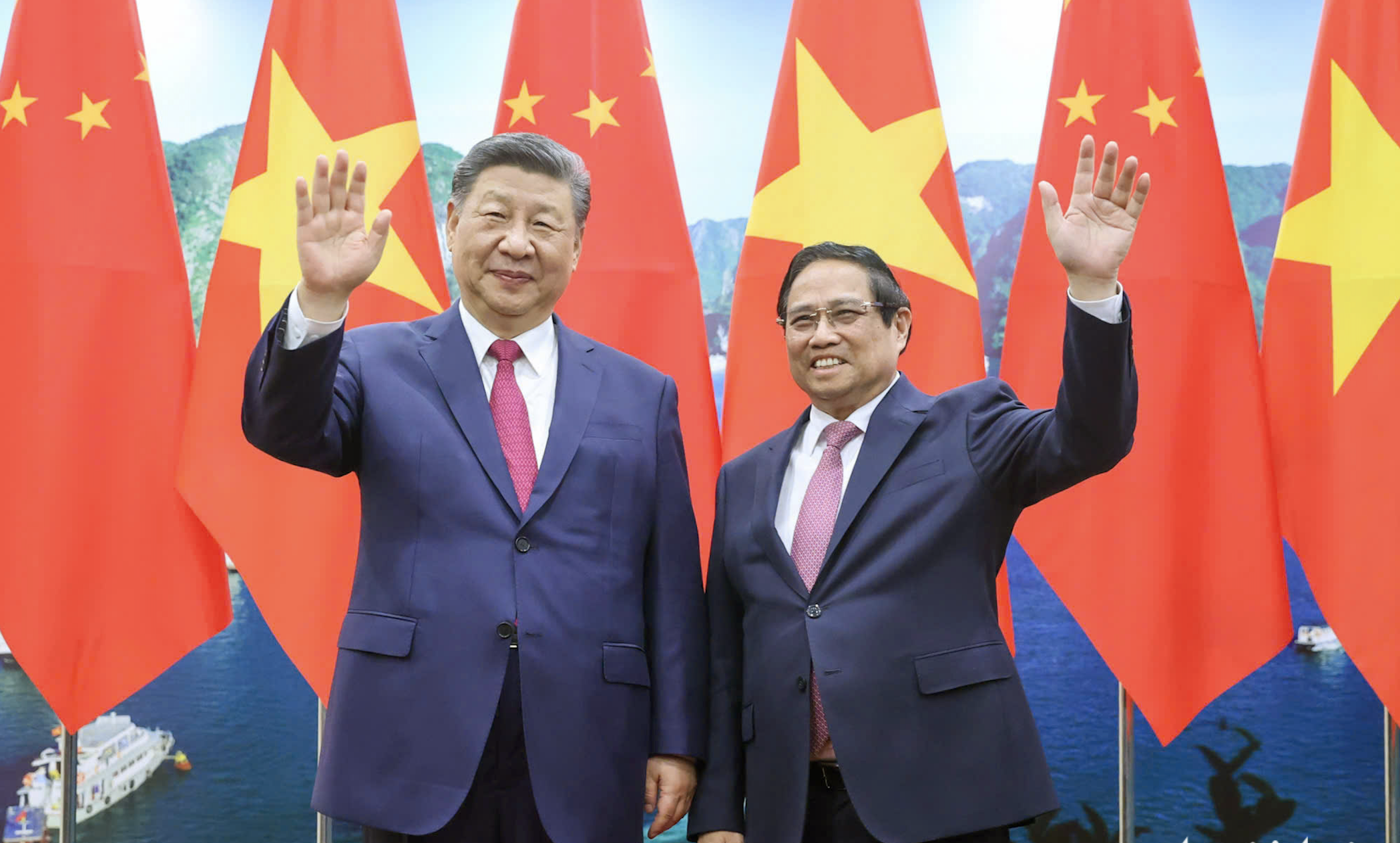

![[Photo] National Assembly Chairman Tran Thanh Man meets with General Secretary and President of China Xi Jinping](https://vstatic.vietnam.vn/vietnam/resource/IMAGE/2025/4/14/4e8fab54da744230b54598eff0070485)
![[Photo] Tan Son Nhat Terminal T3 - key project completed ahead of schedule](https://vstatic.vietnam.vn/vietnam/resource/IMAGE/2025/4/15/85f0ae82199548e5a30d478733f4d783)
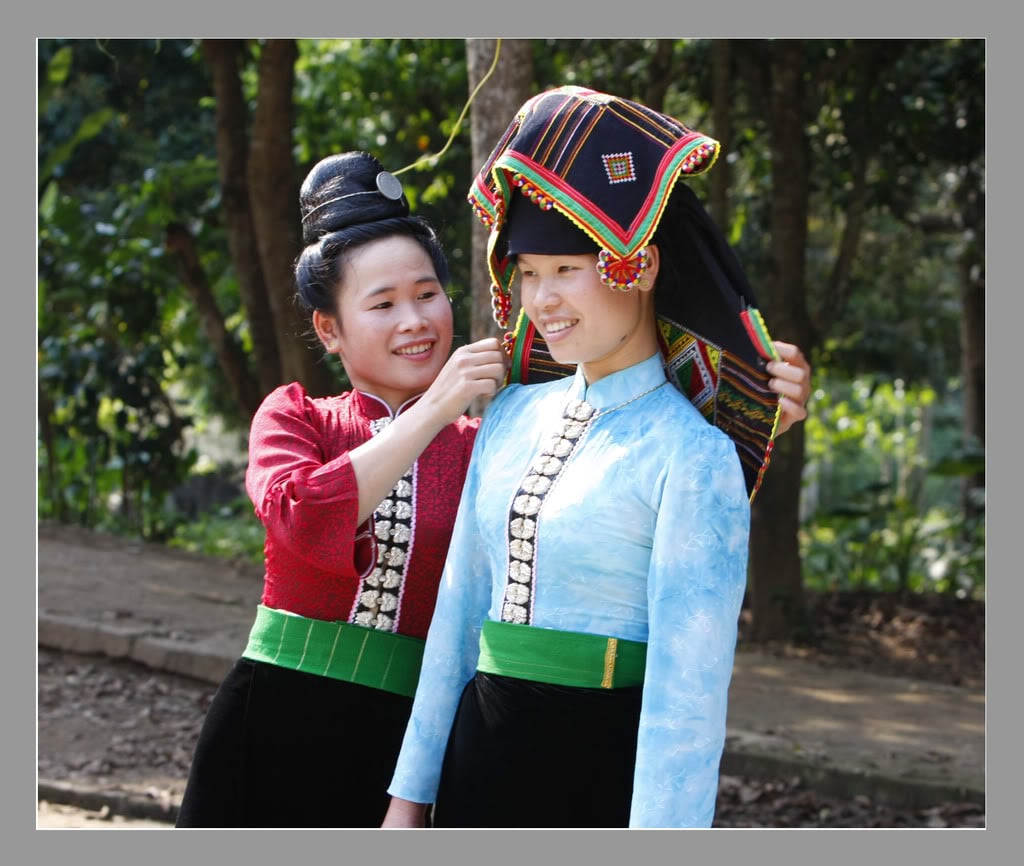
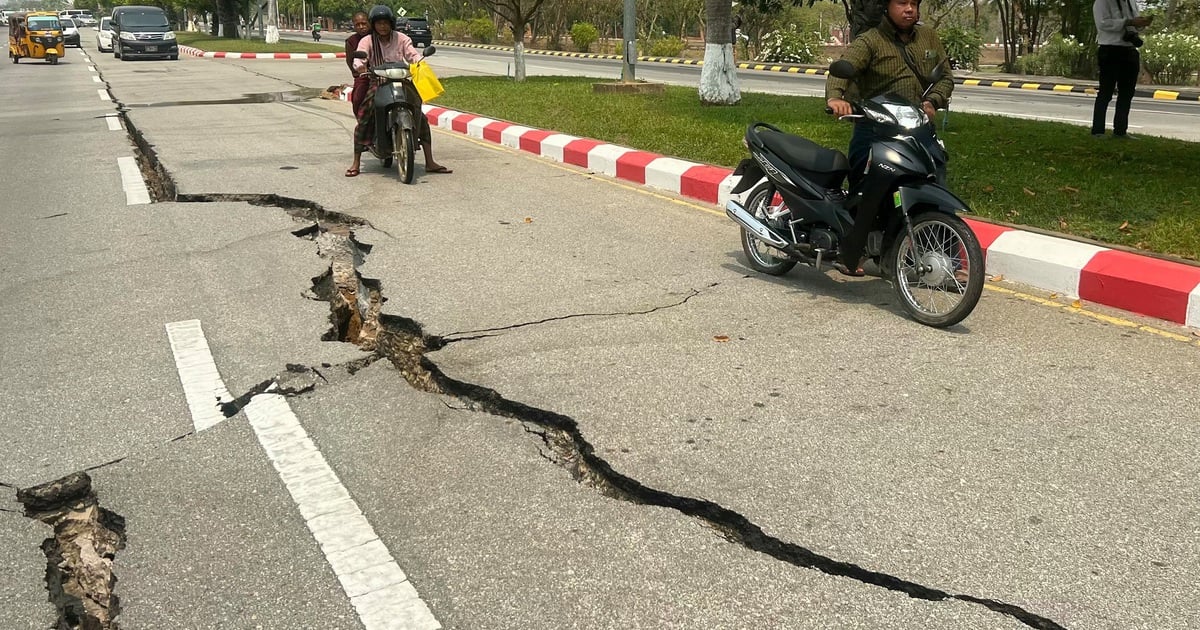
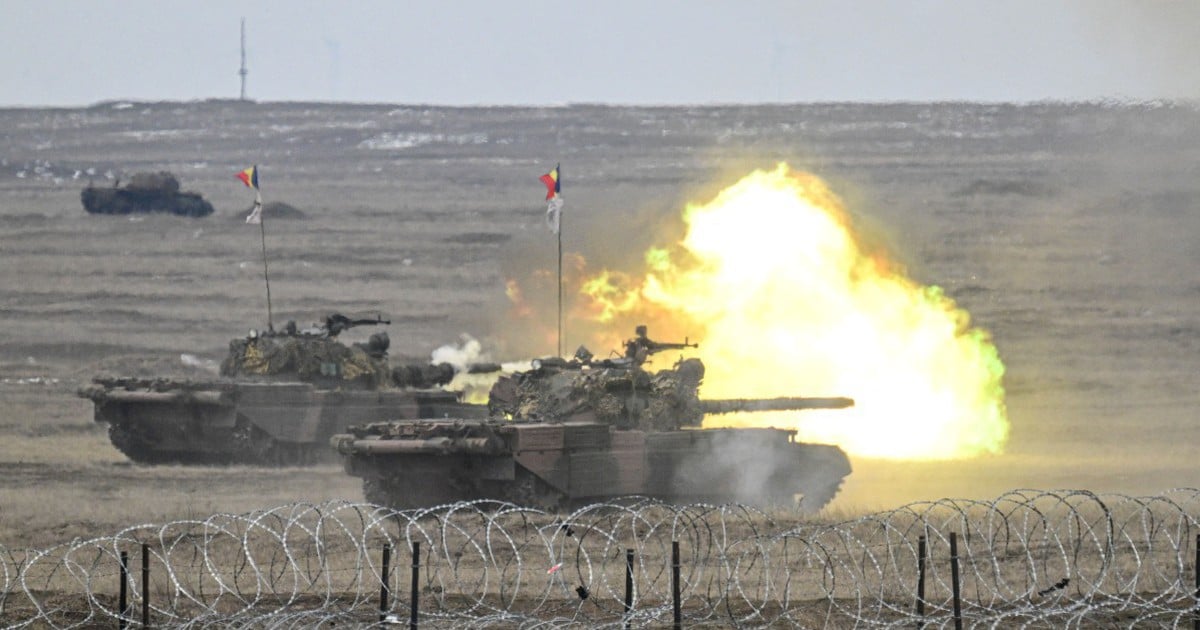


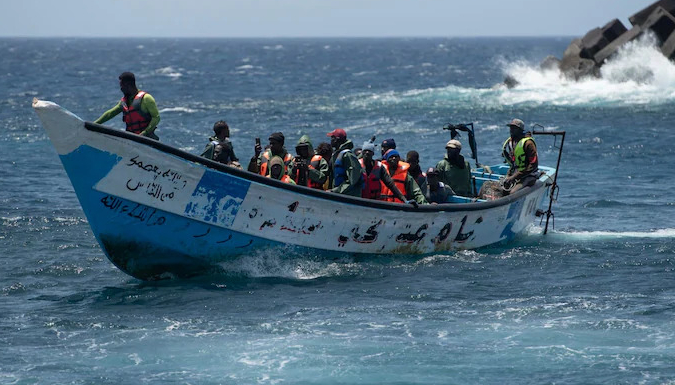

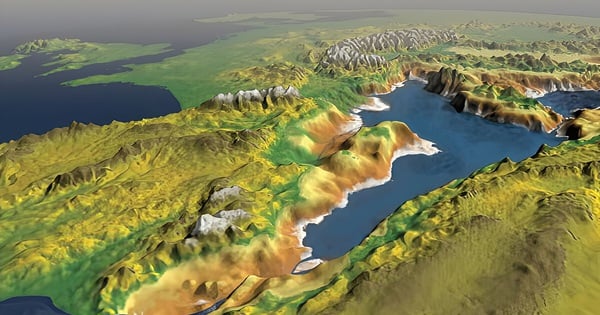

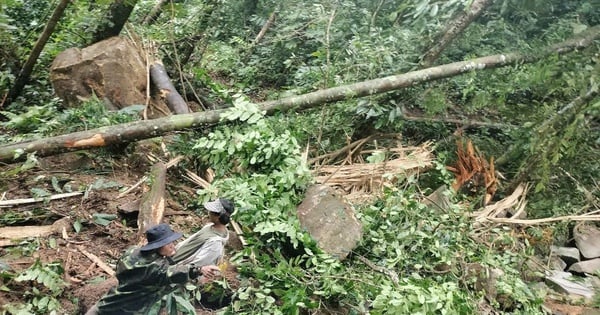


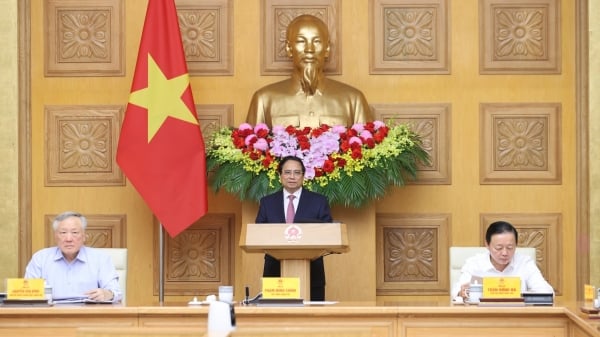
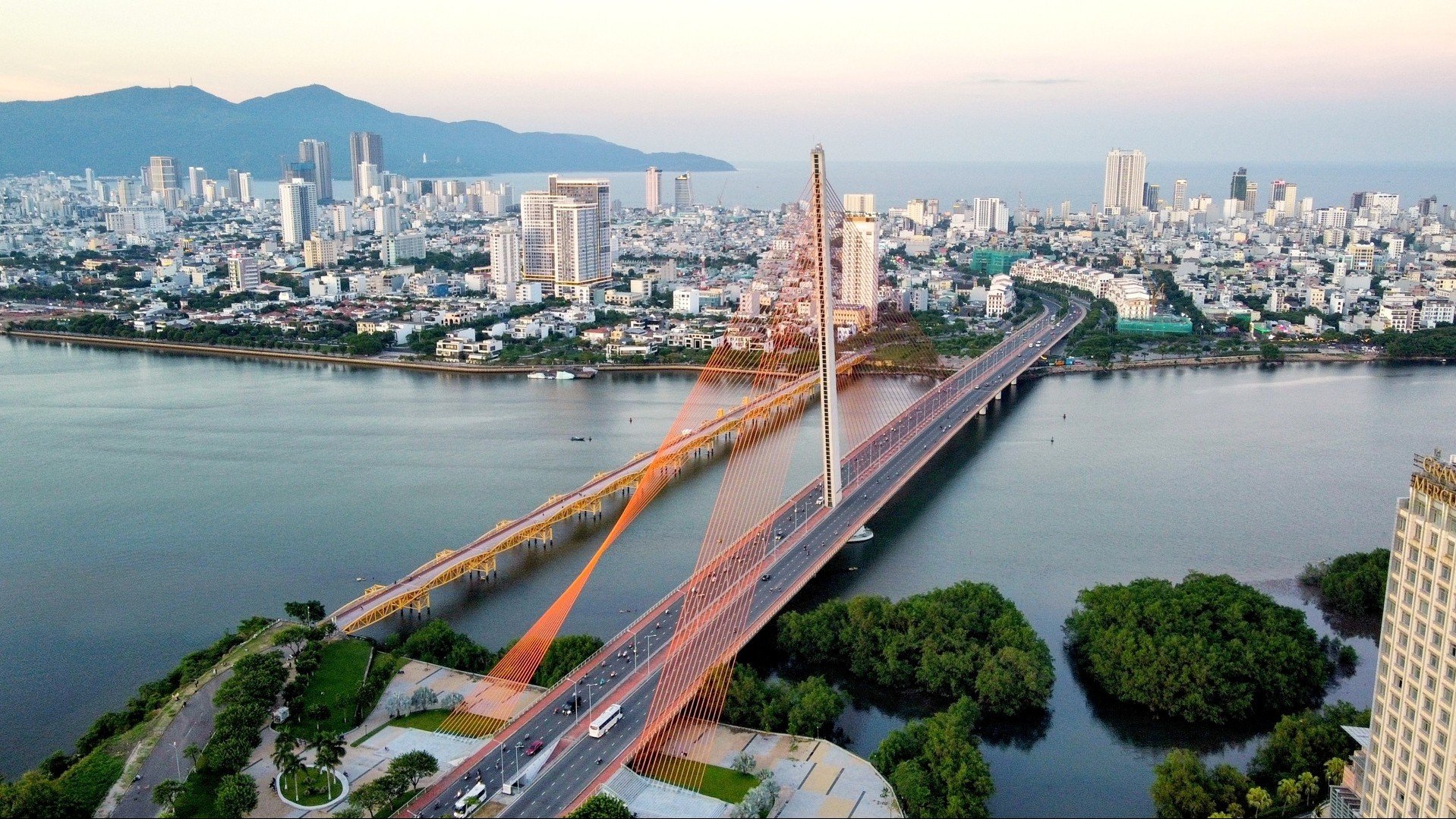
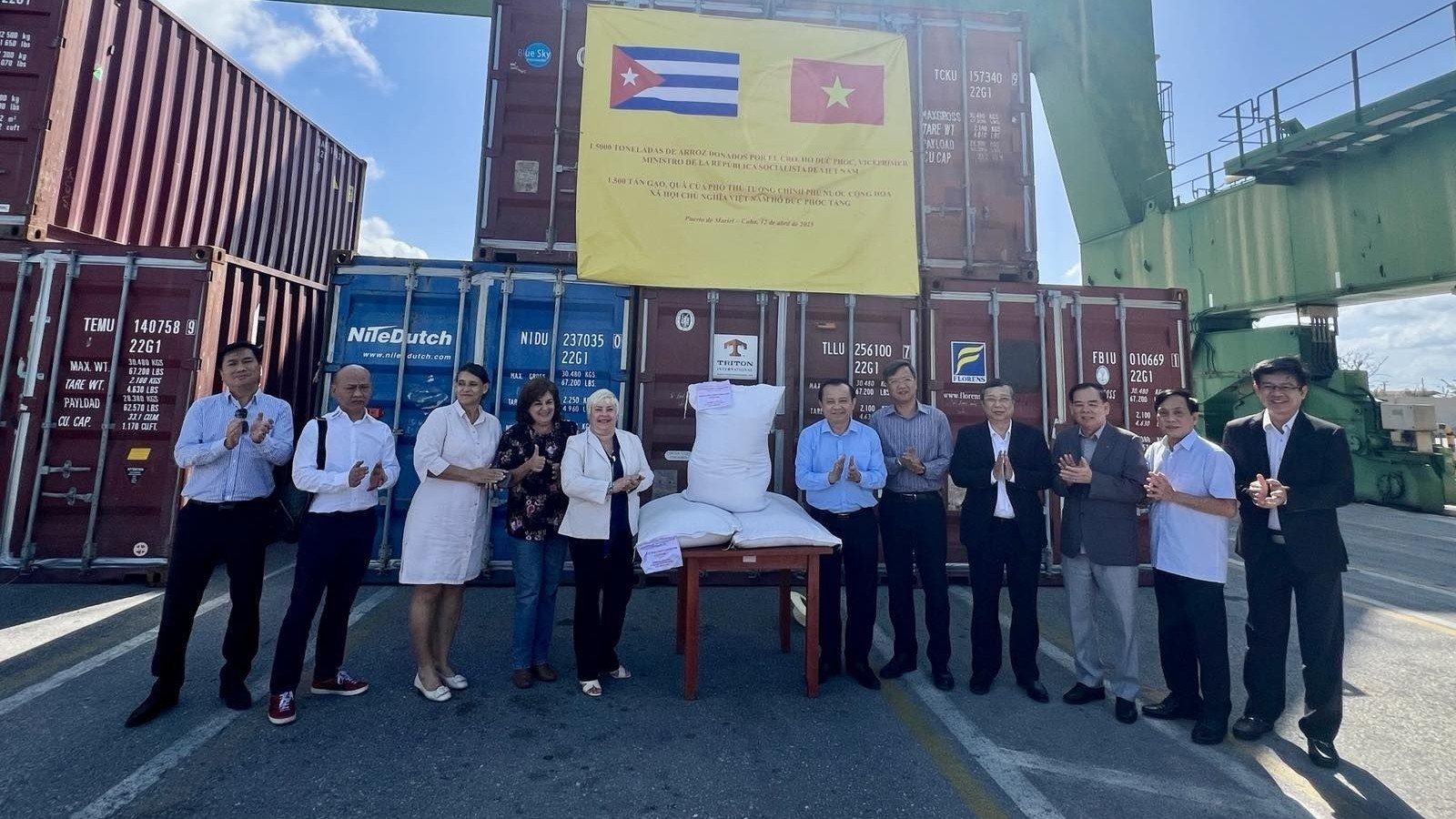
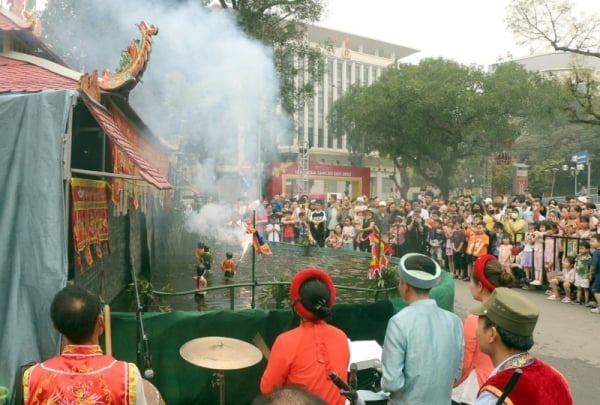
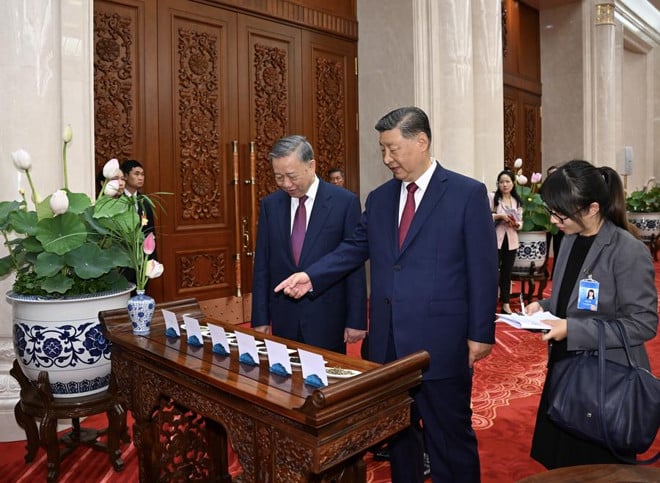

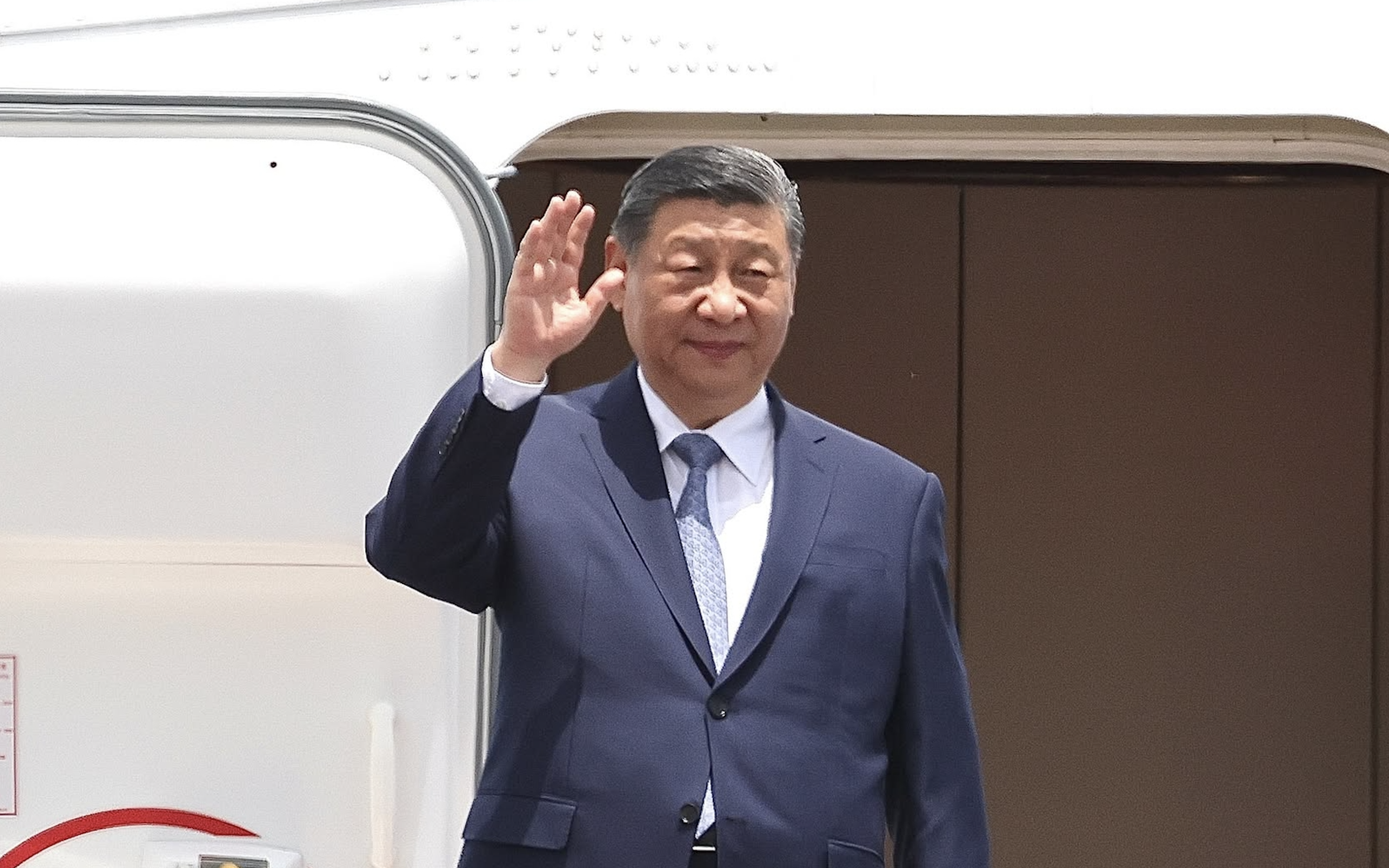
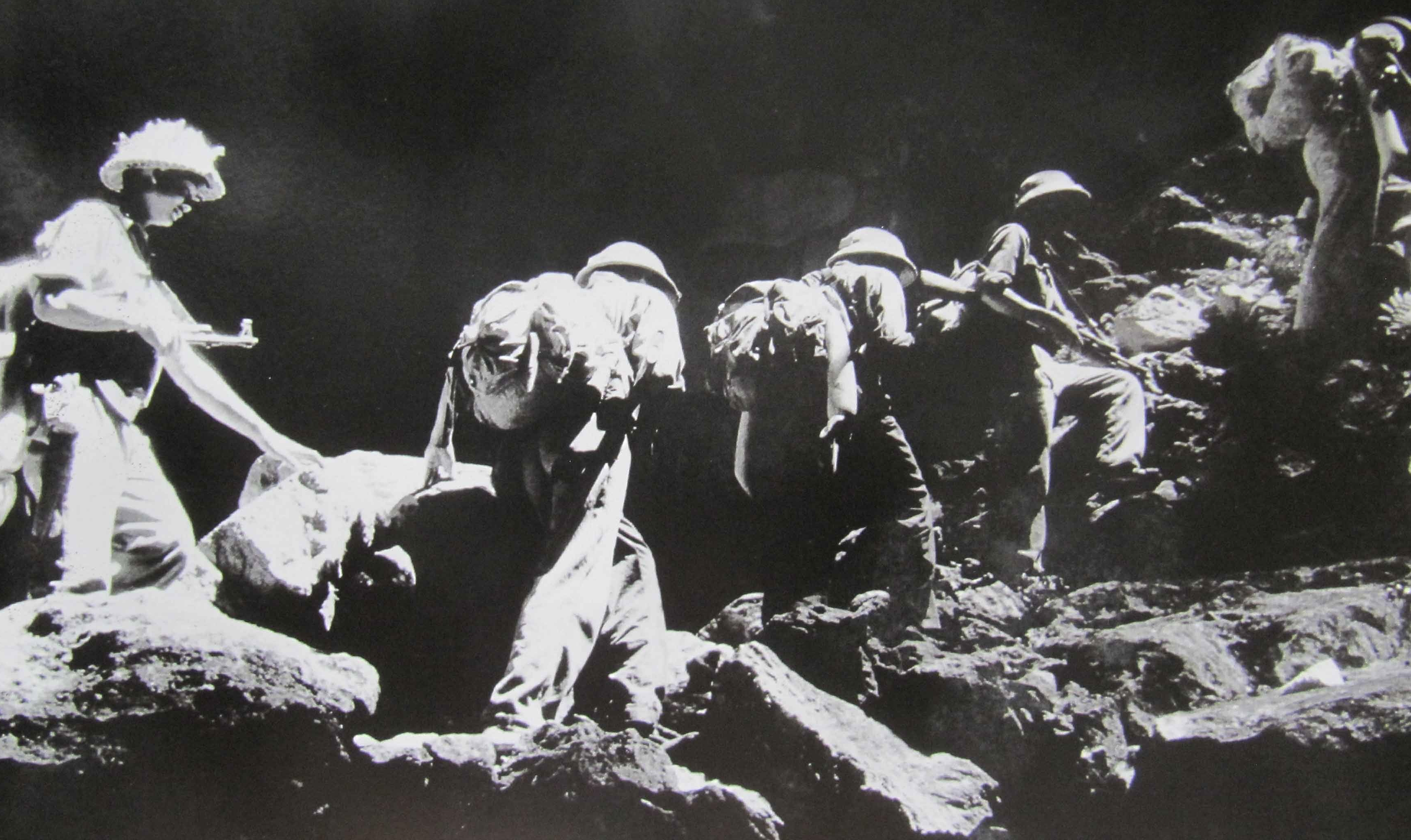

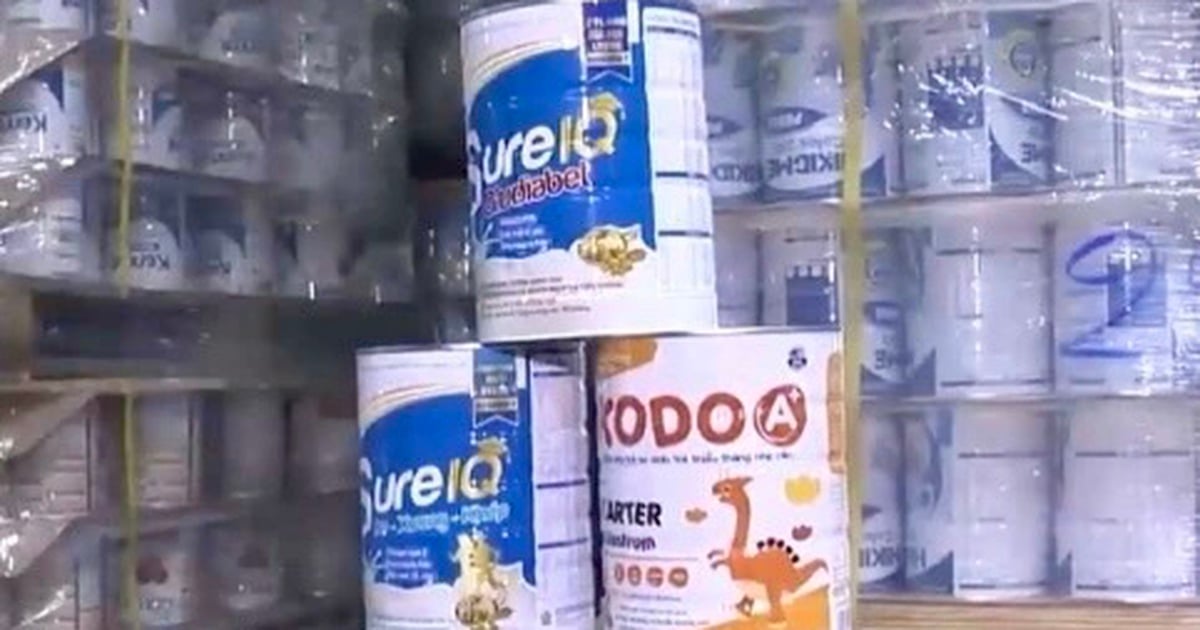


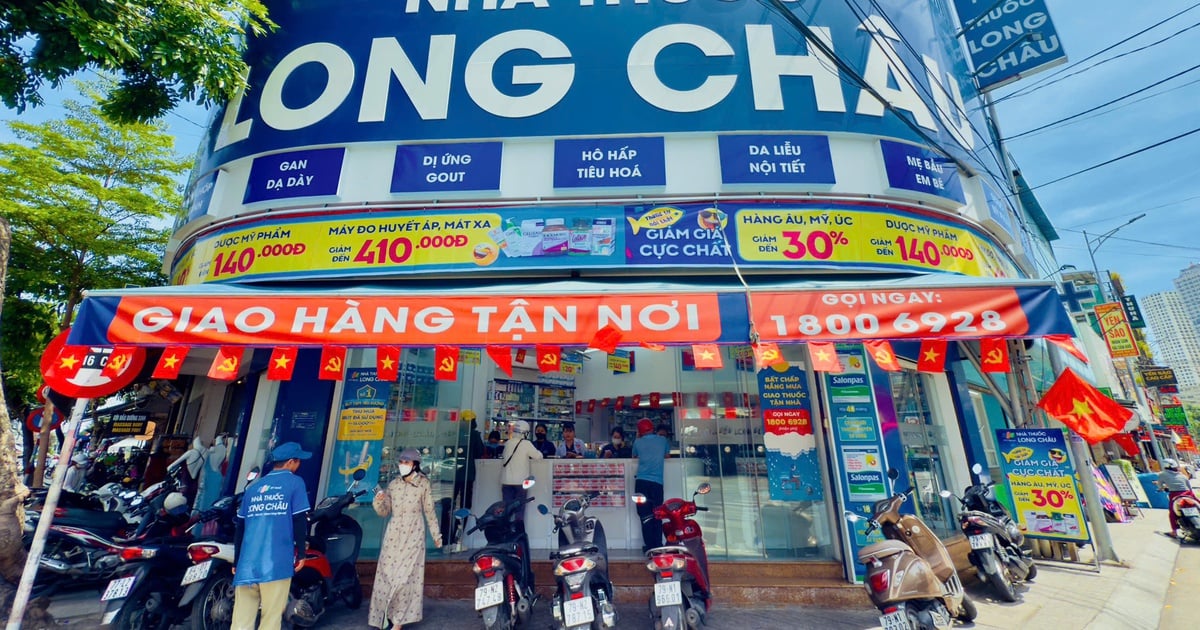
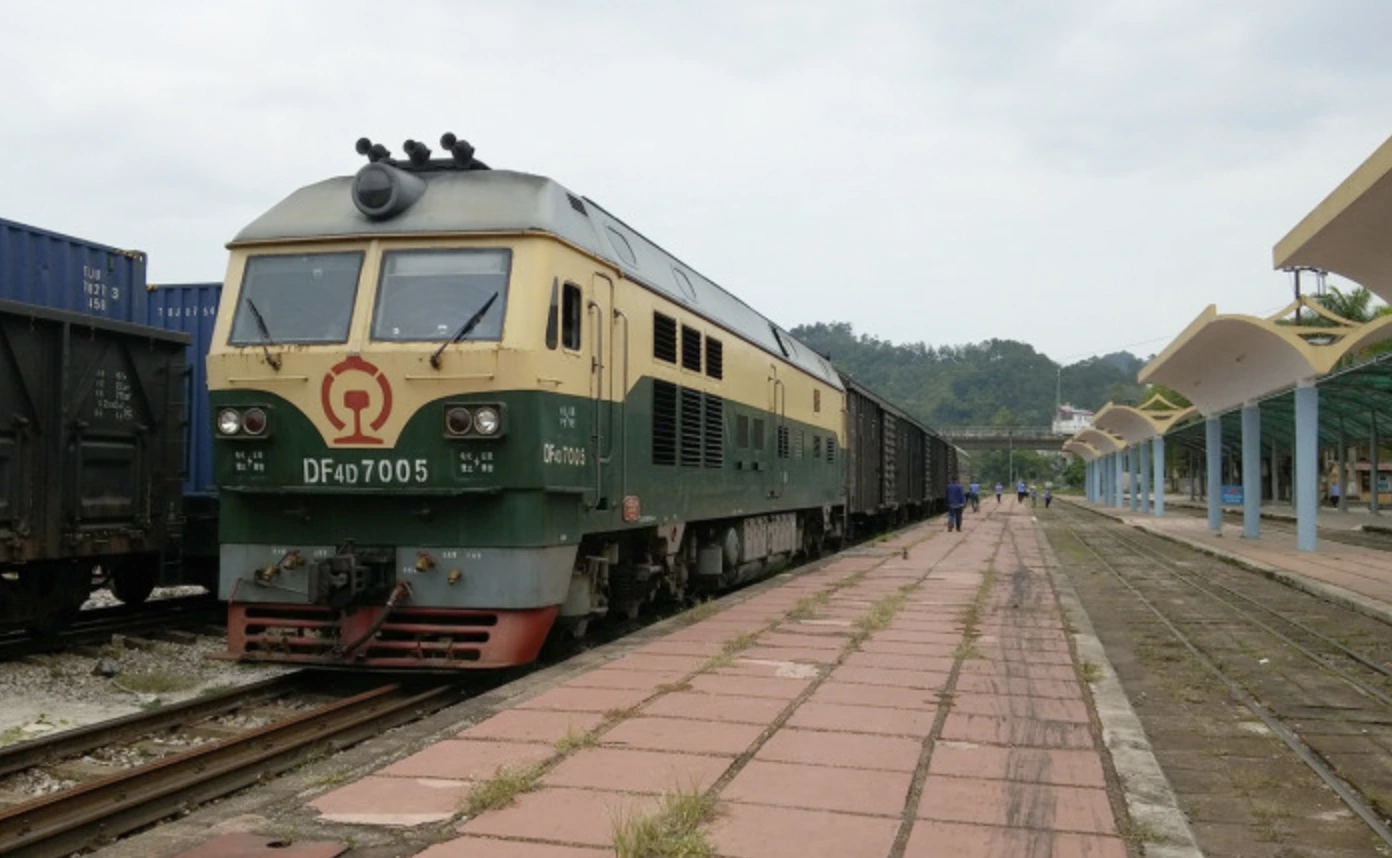
![[Photo] Prime Minister Pham Minh Chinh meets with General Secretary and President of China Xi Jinping](https://vstatic.vietnam.vn/vietnam/resource/IMAGE/2025/4/14/893f1141468a49e29fb42607a670b174)

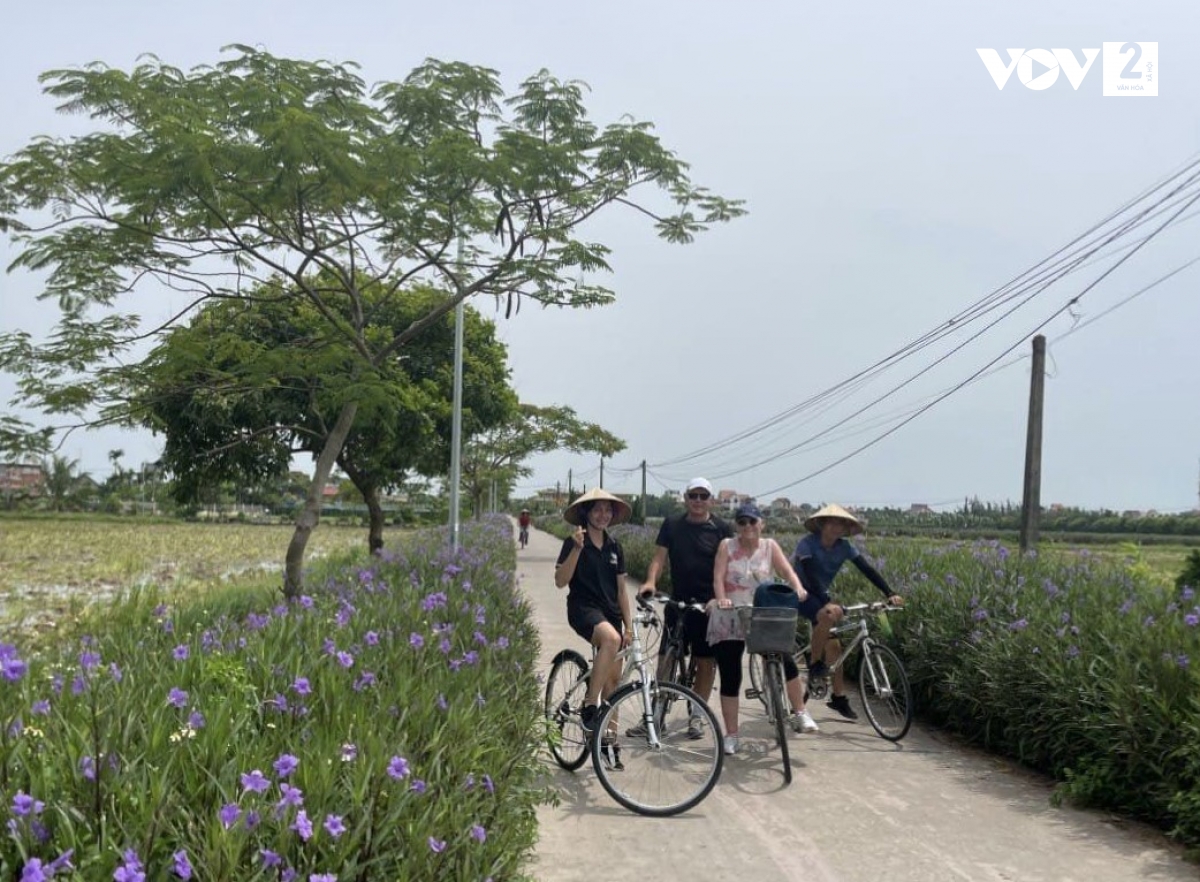

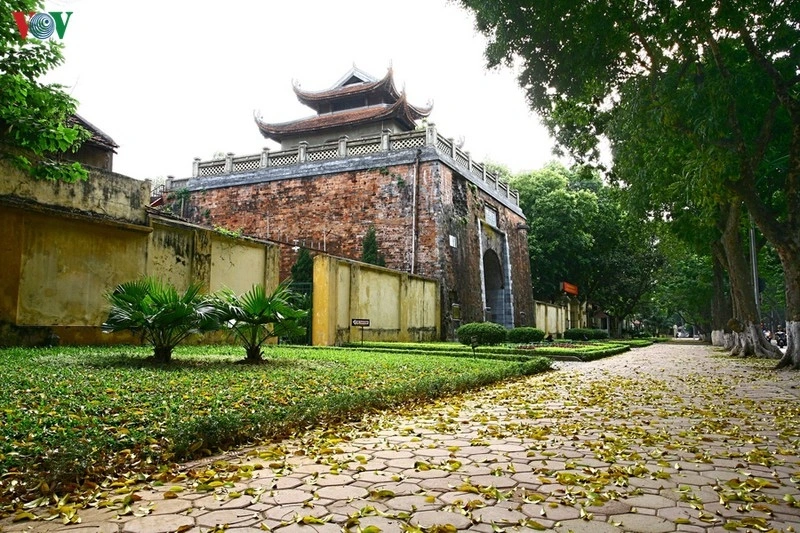


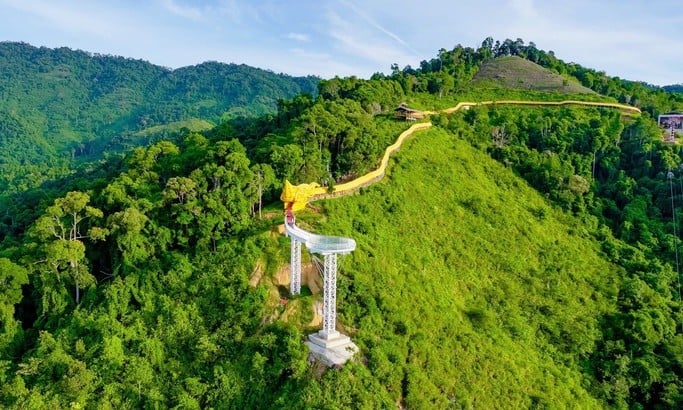
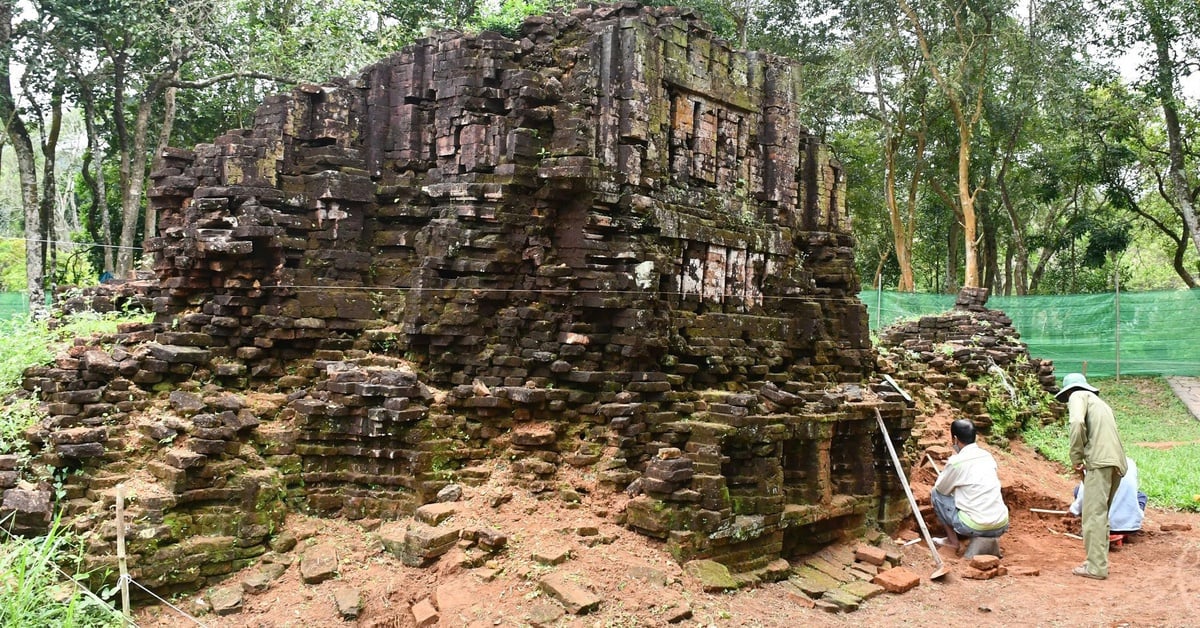



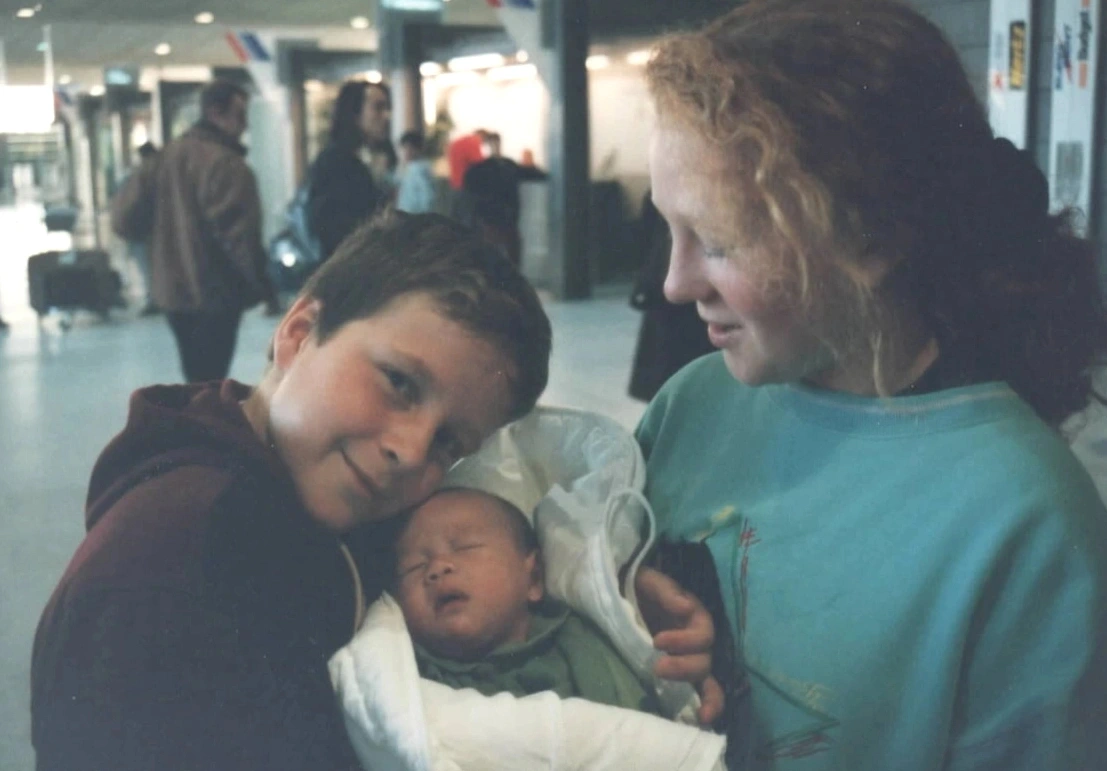



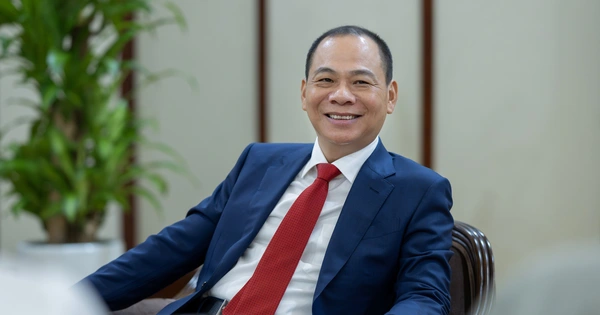
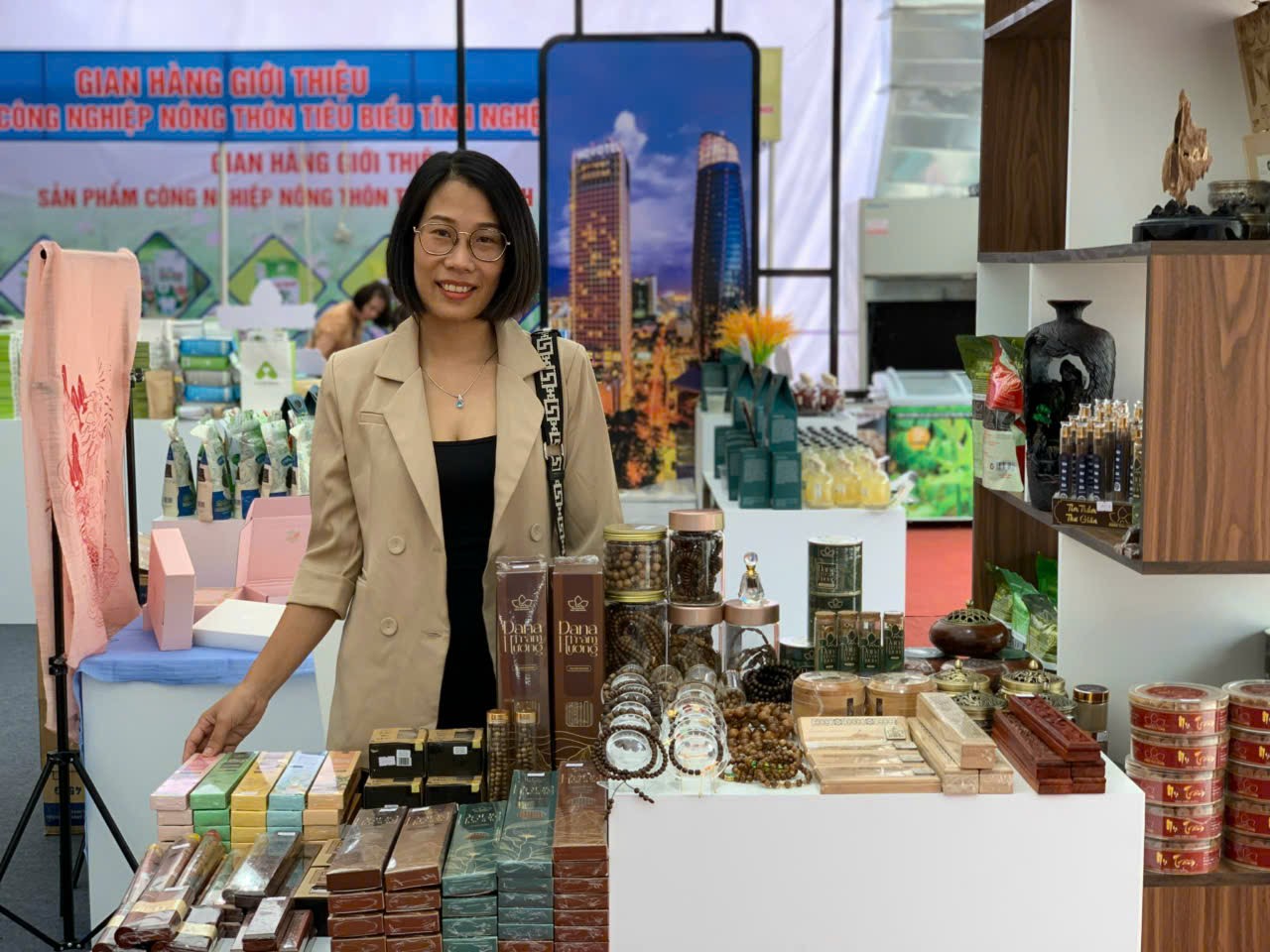

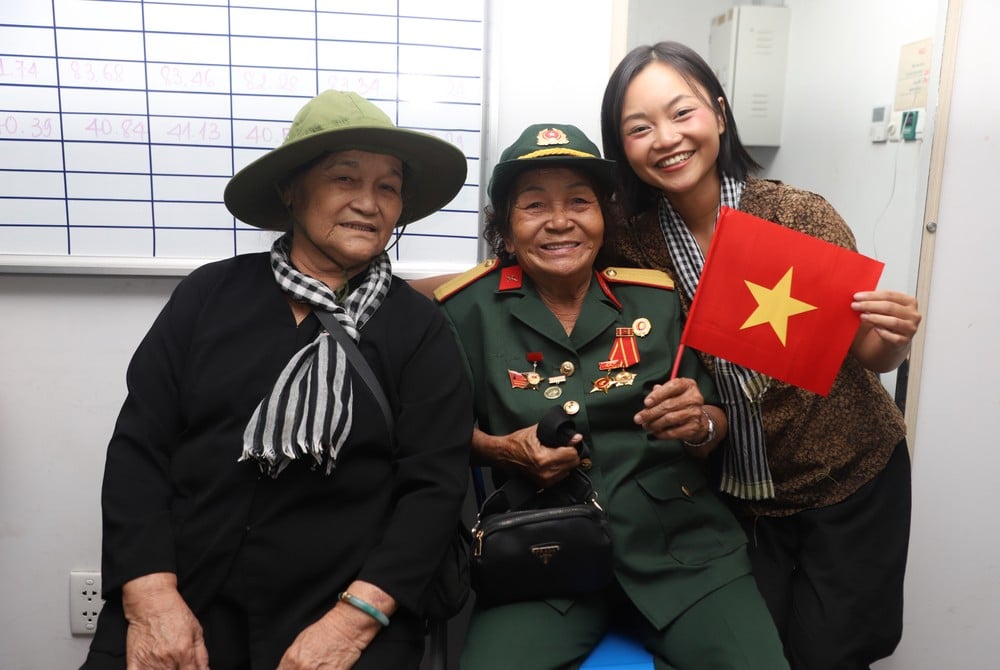



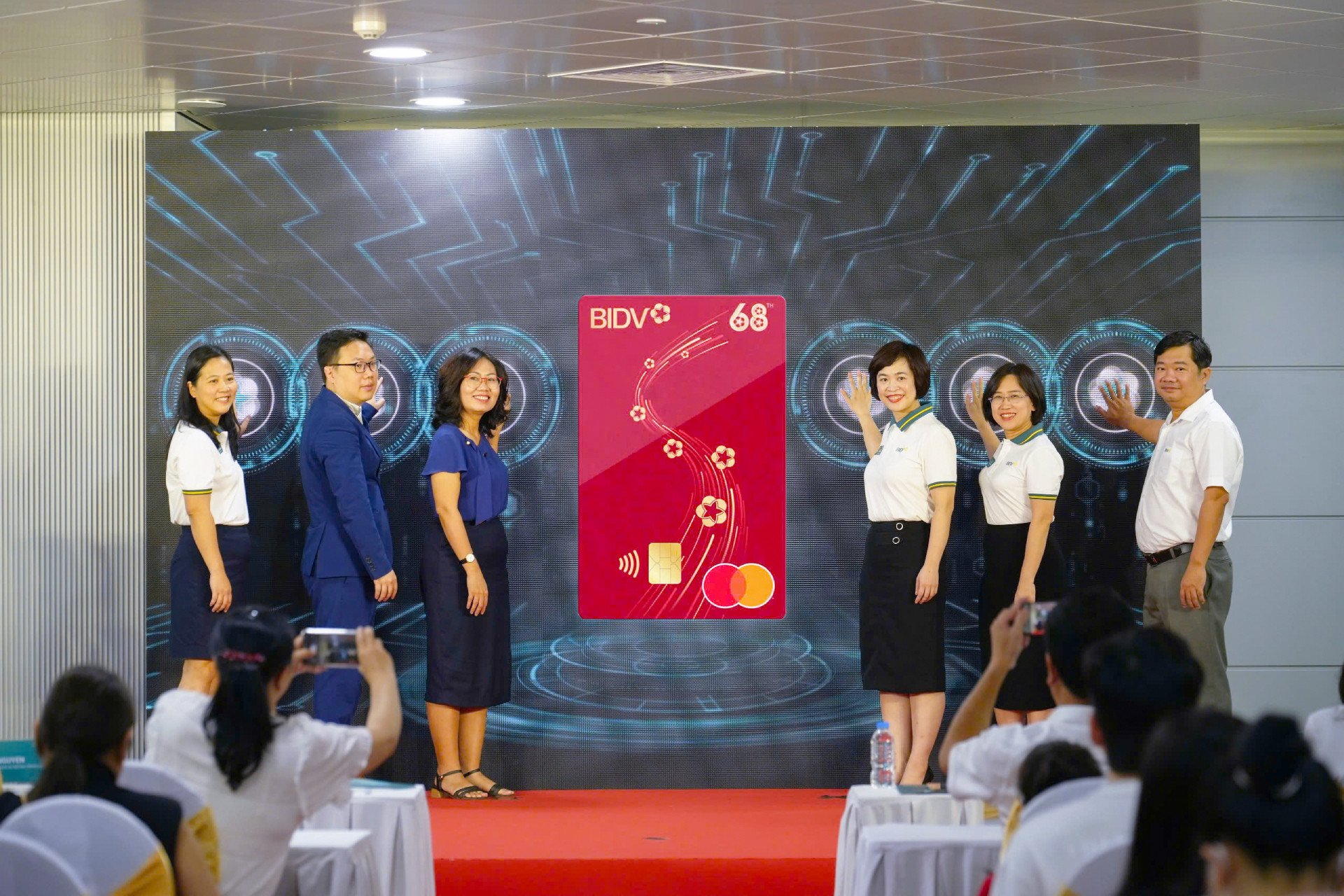

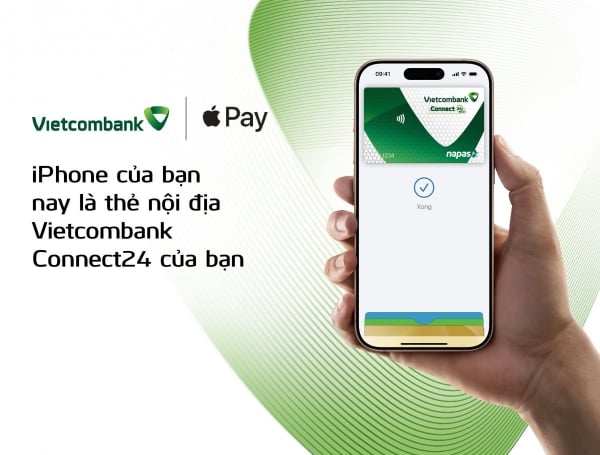
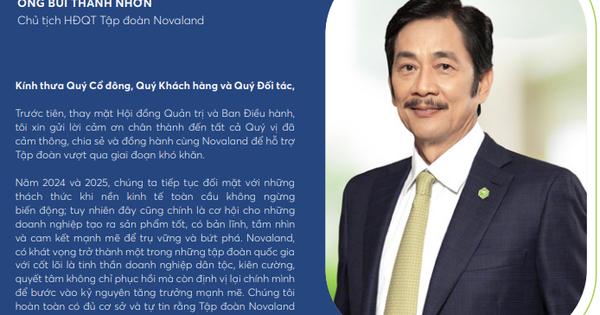
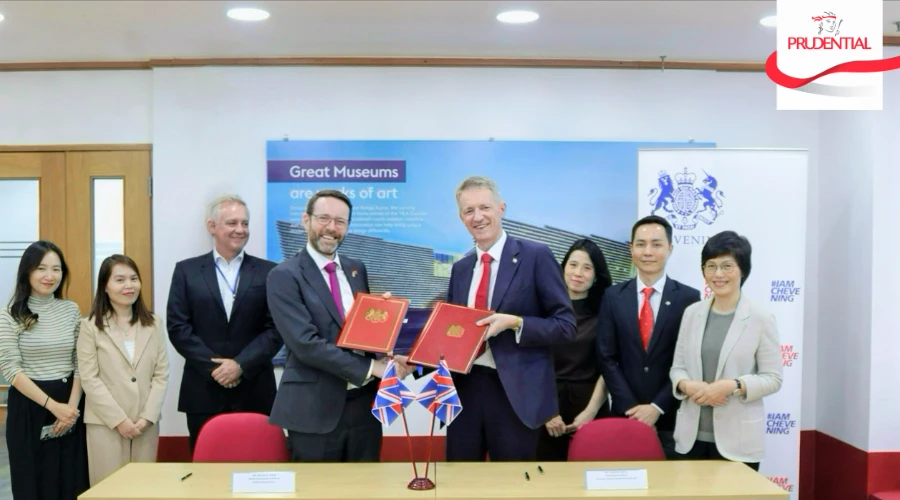


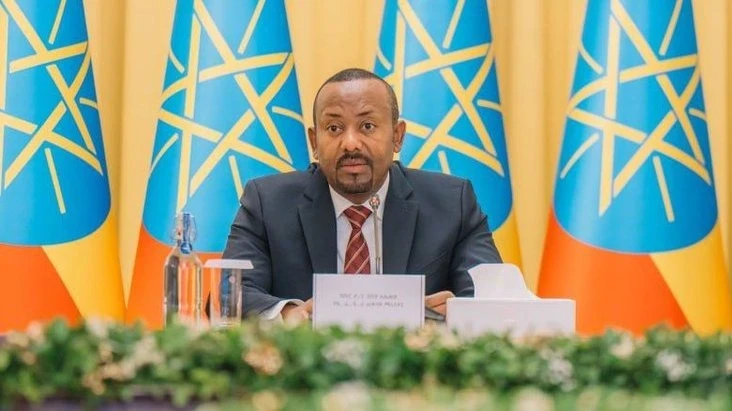
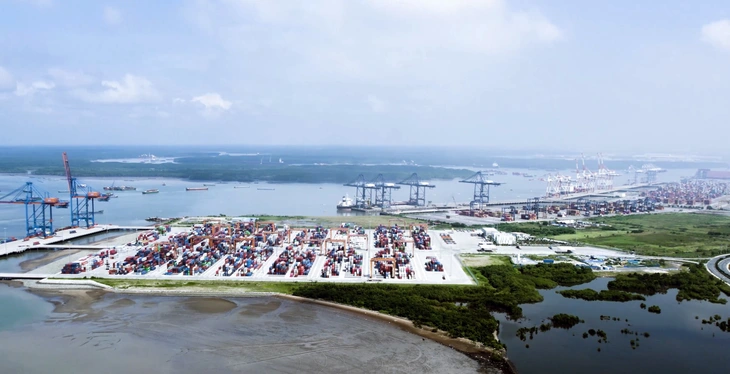
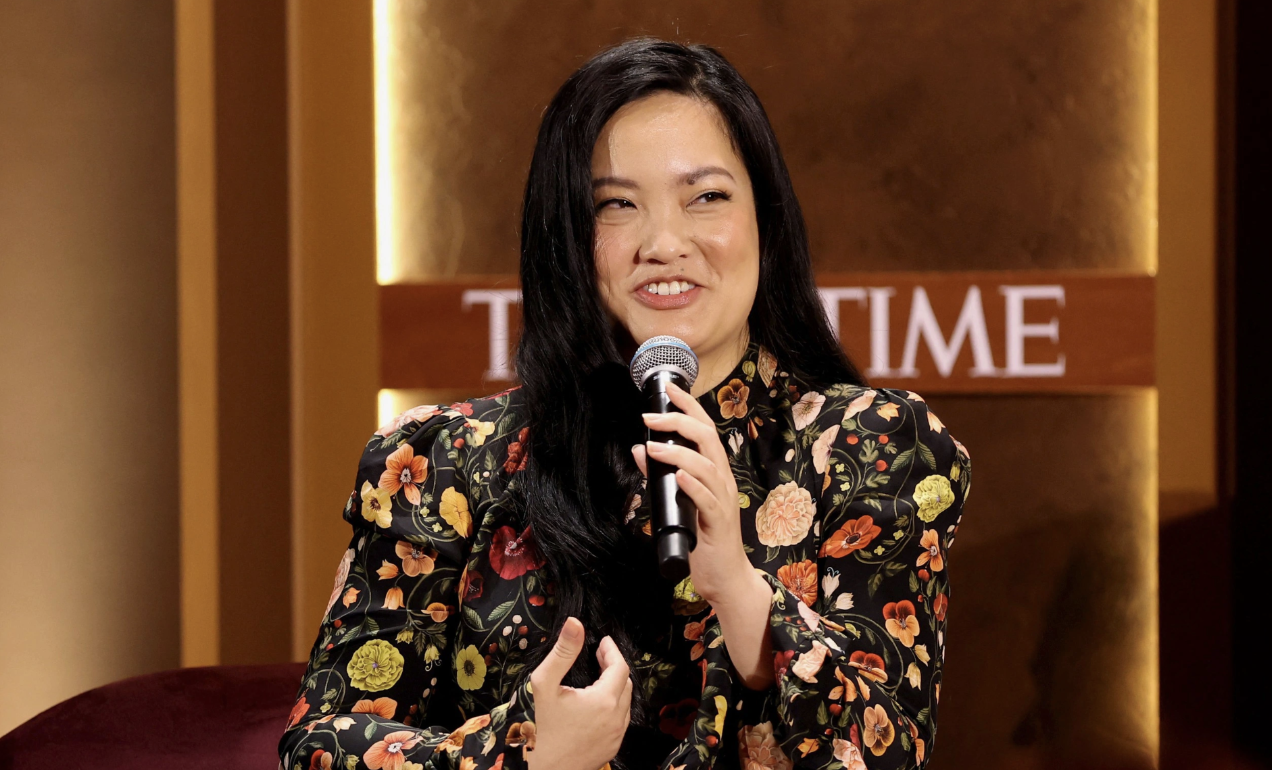
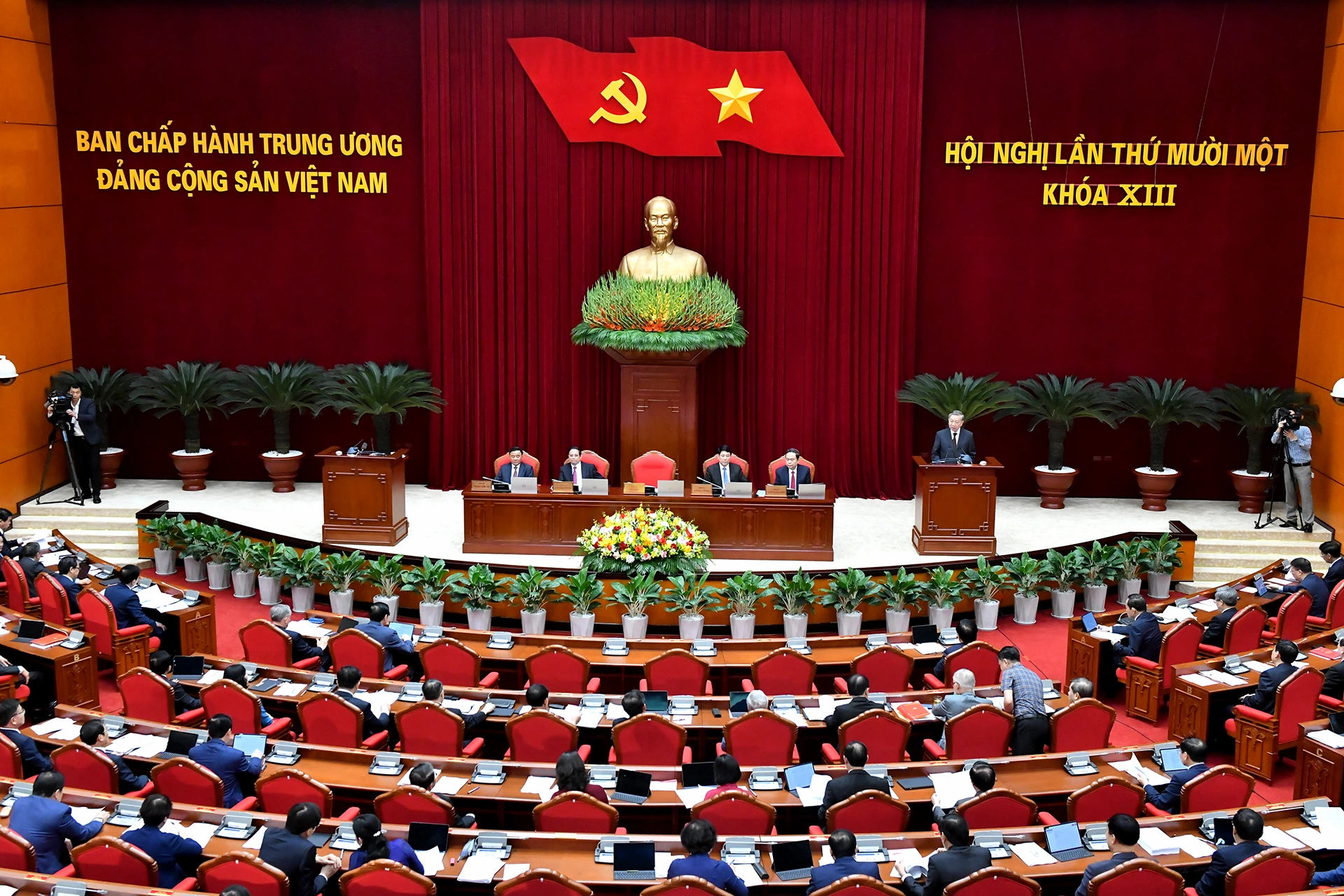
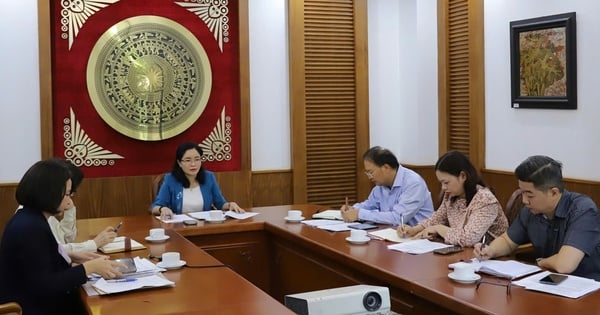

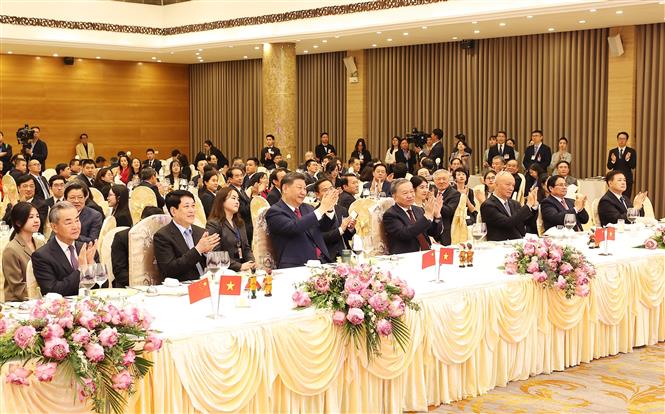

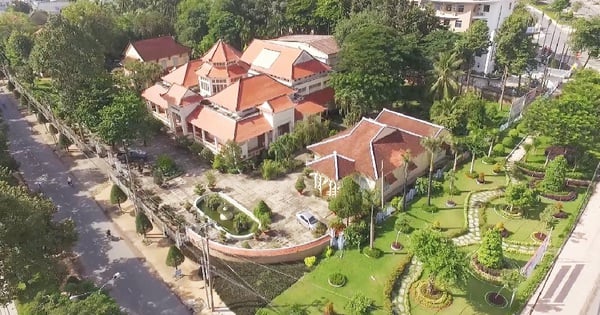
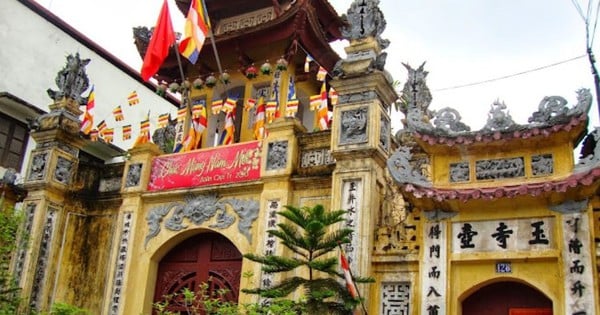
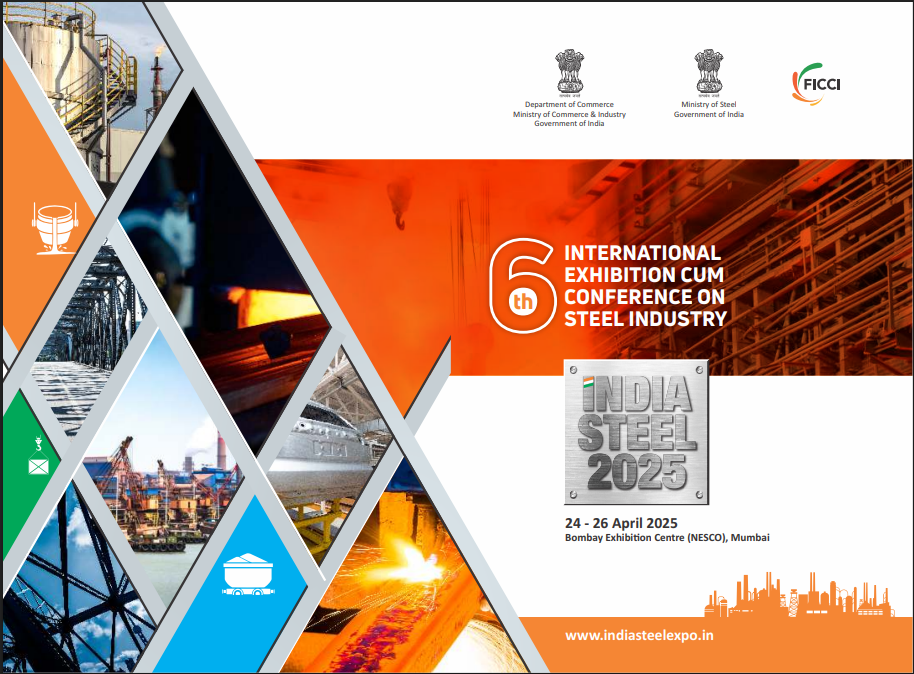

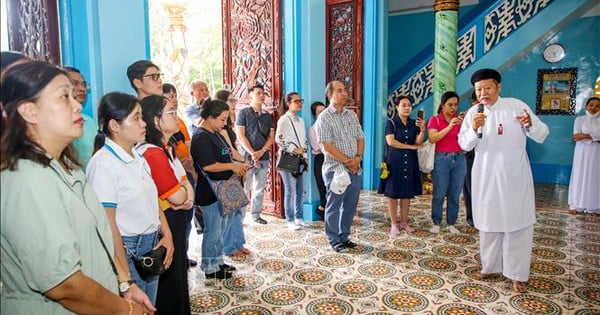


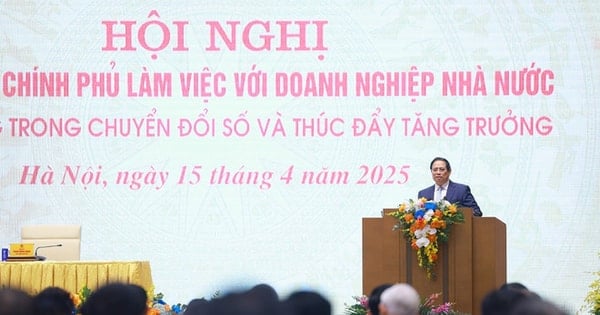

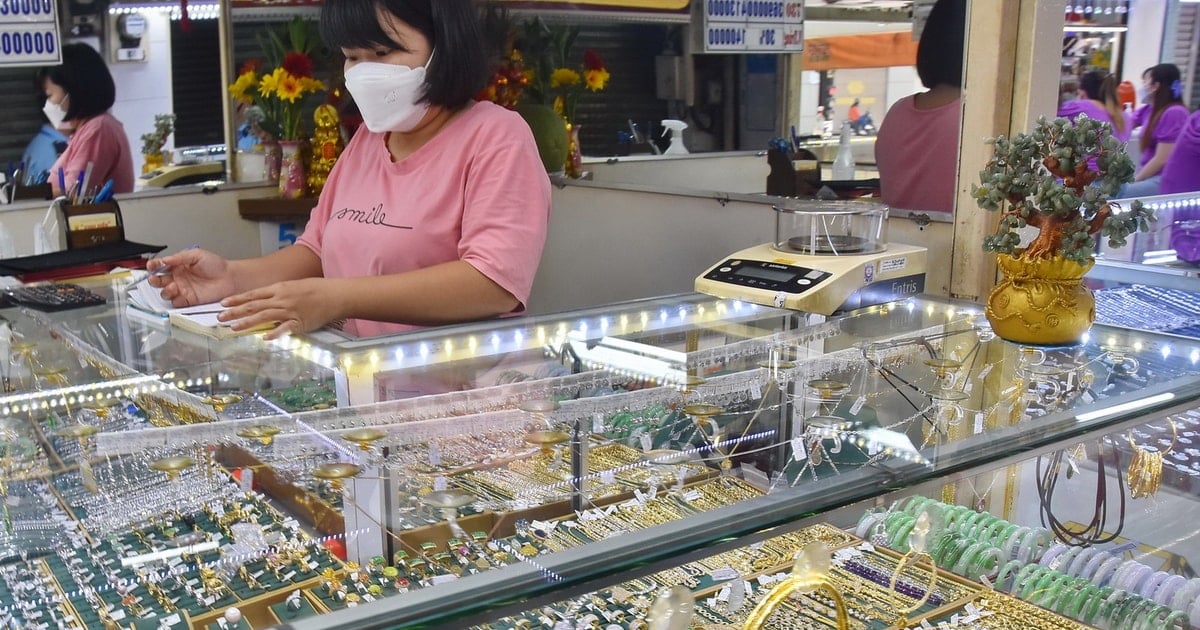

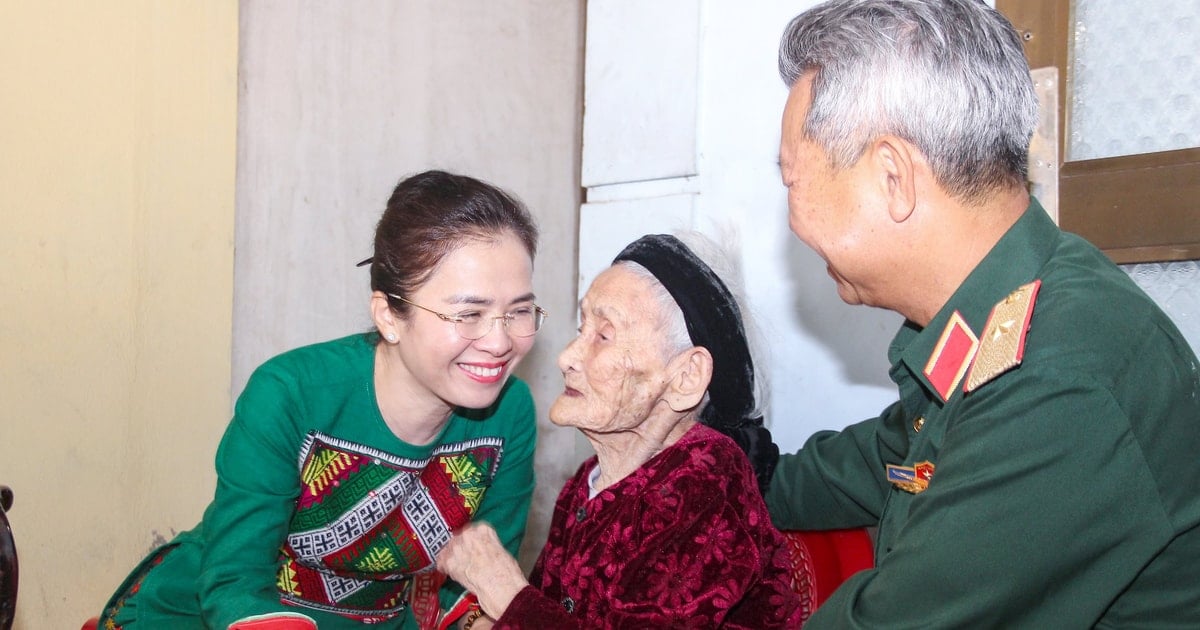



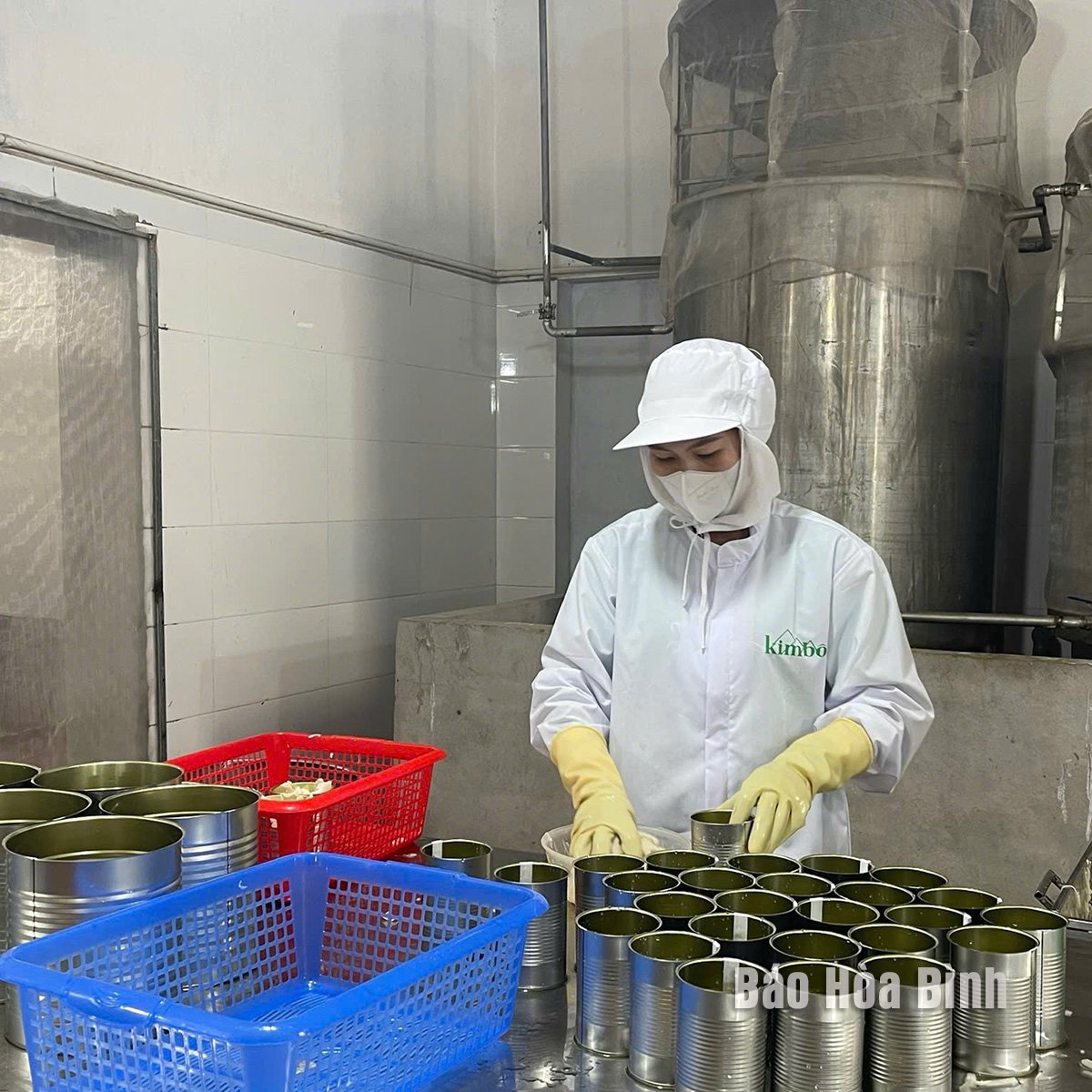



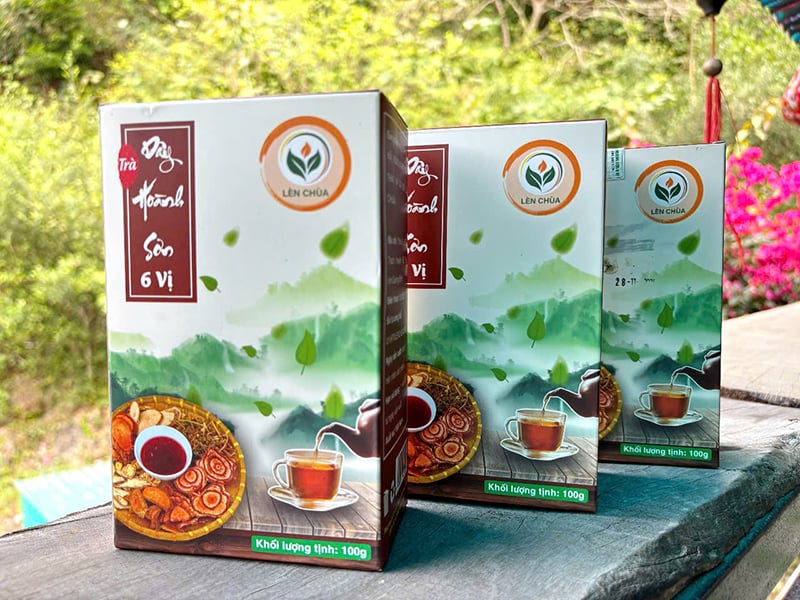
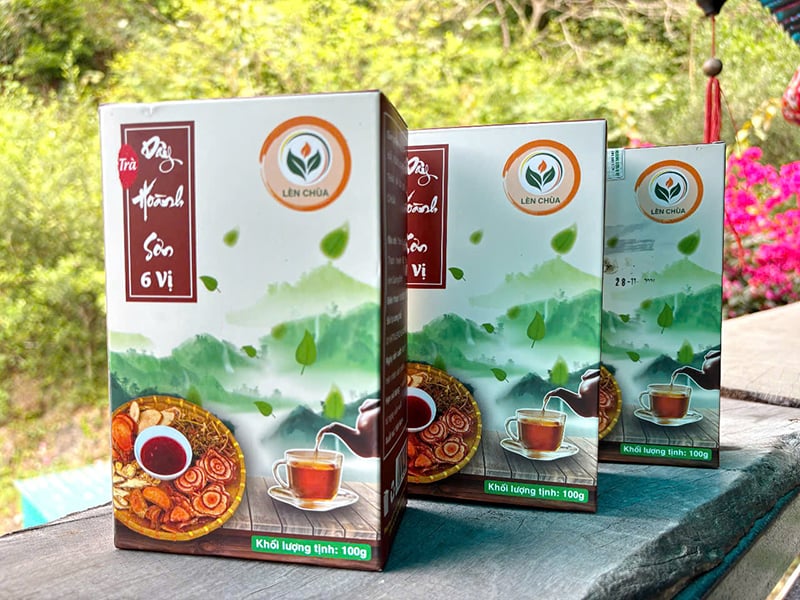


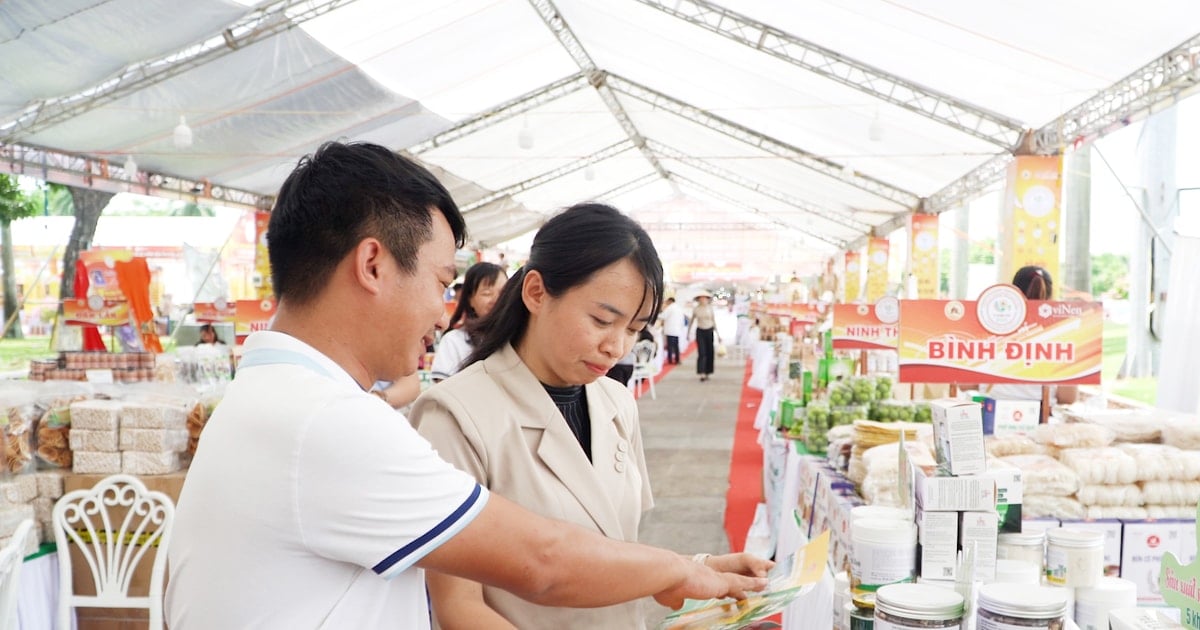

Comment (0)